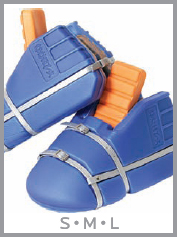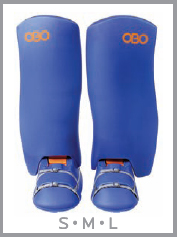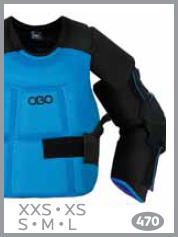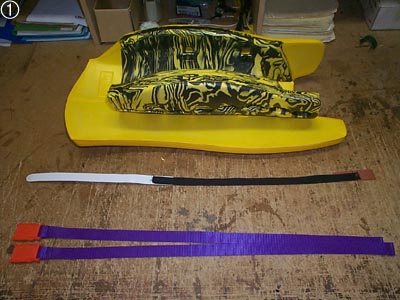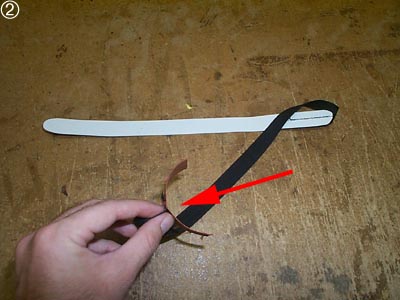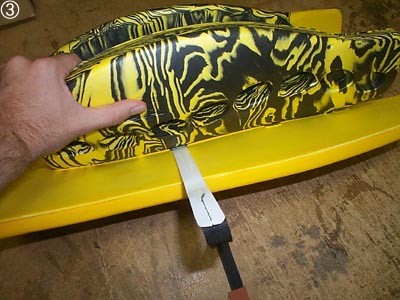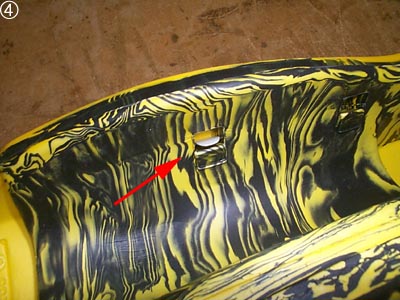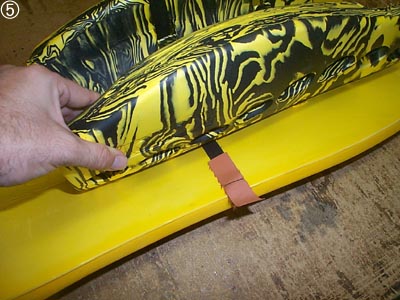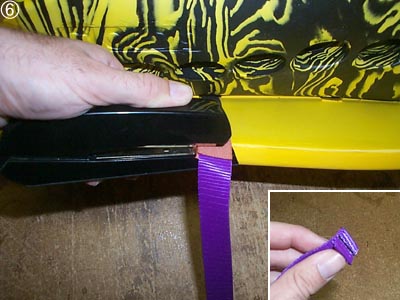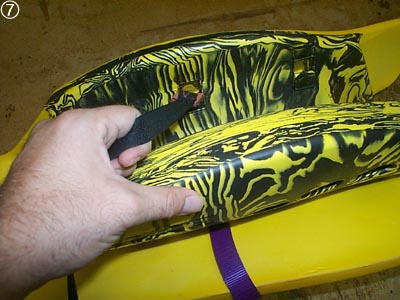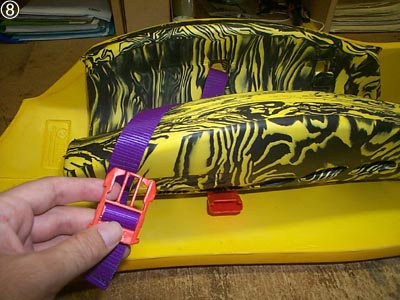OBO and myself (along with other keepers) have been working together to produce a knee protector that would protect the exposed top part of the knee joint. The goal for this project was to make a light weight, protective piece of equipment that didn’t hinder a keepers mobility or effect performance by being bulky and cumbersome. The knee protector had to fit in and work with a keepers leg and thigh protection and help to prevent injury to the delicate ligaments and bones found in the top of the knee joint.
I’ve been testing a prototype since Mid-March with very encouraging results. We’re at the stage where we feel we’re almost ready to take the product to market, save for a few minor tweaks here and there. I’m now at the point where I’m allowed to release images of the prototype and I would appreciate it if you could take the time to give some feedback and impressions on the design and if you would consider using it (or why you wouldn’t).
The 2016 balklänningar This is one of our best collections yet and we are very proud of this years formal dress collection!

The basic design of the knee protector is a soft foam part that wraps around the knee cap itself with a HD foam part which wraps around the thigh, snuggly covering and protecting upper part of the knee and knee ligaments. Velcro straps are used to hold the unit in place.

A view of the knee protector on the knee. As you can see, the unit sits close to the body so not to interfere with the leg guard or shorts.

Image of the knee protector with the HD Foam on the “inside” of the leg.

A view from above.
The knee protector whilst wearing SPs and Hot Pants. As you can see, the knee protector fits in the leg channel easily and under the bottom of my hot pants. Note: I like to wear my gear TIGHT and I had no problems with the knee protector making the leg guards or hot pants feel uncomfortable.
If anyone has any questions at all, please feel free to ask and I will answer them as quickly and as thoroughly as I can.
Thanks,
Zip
Check out GB Goalkeeper Ali McGregor’s review

